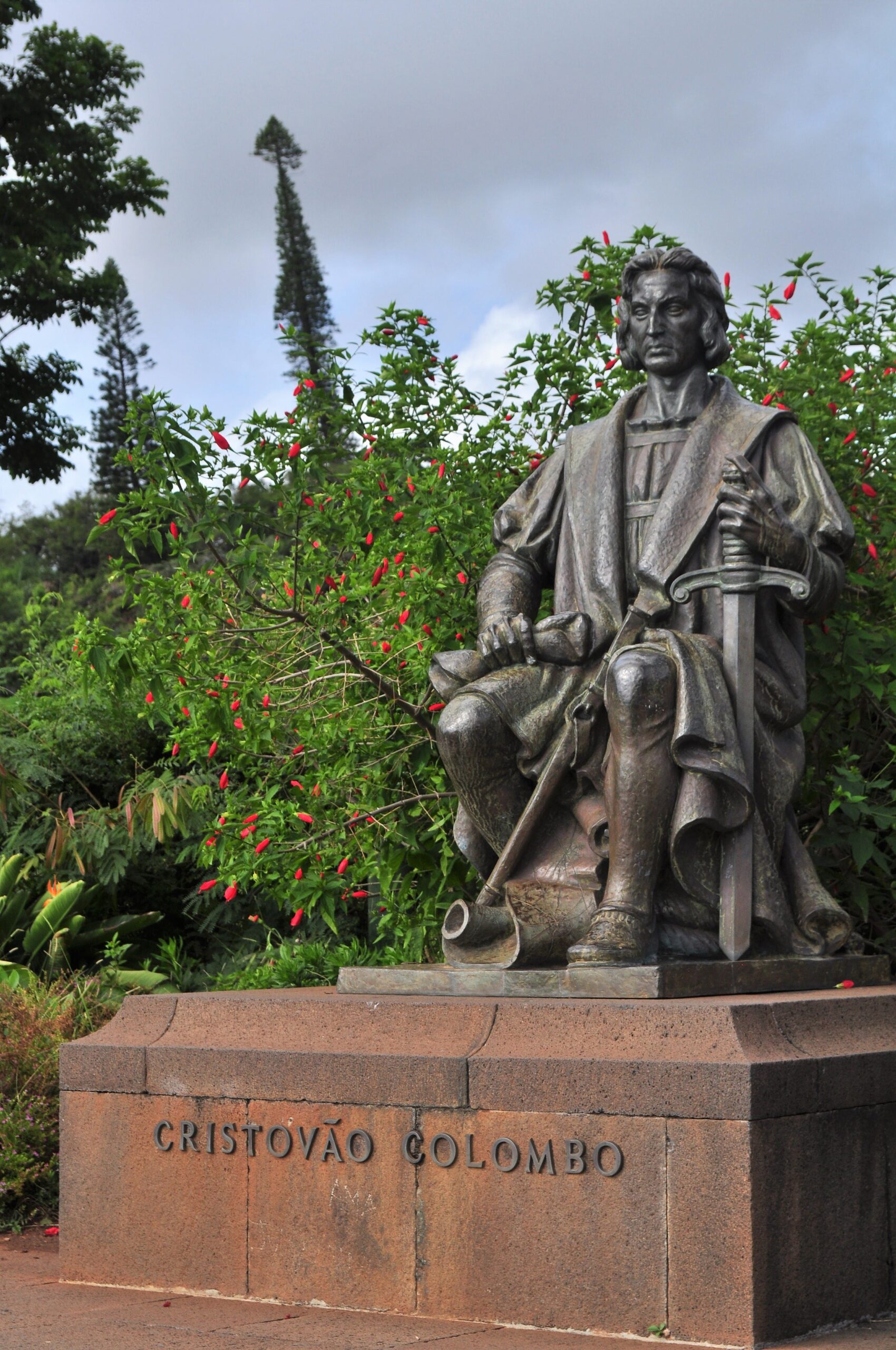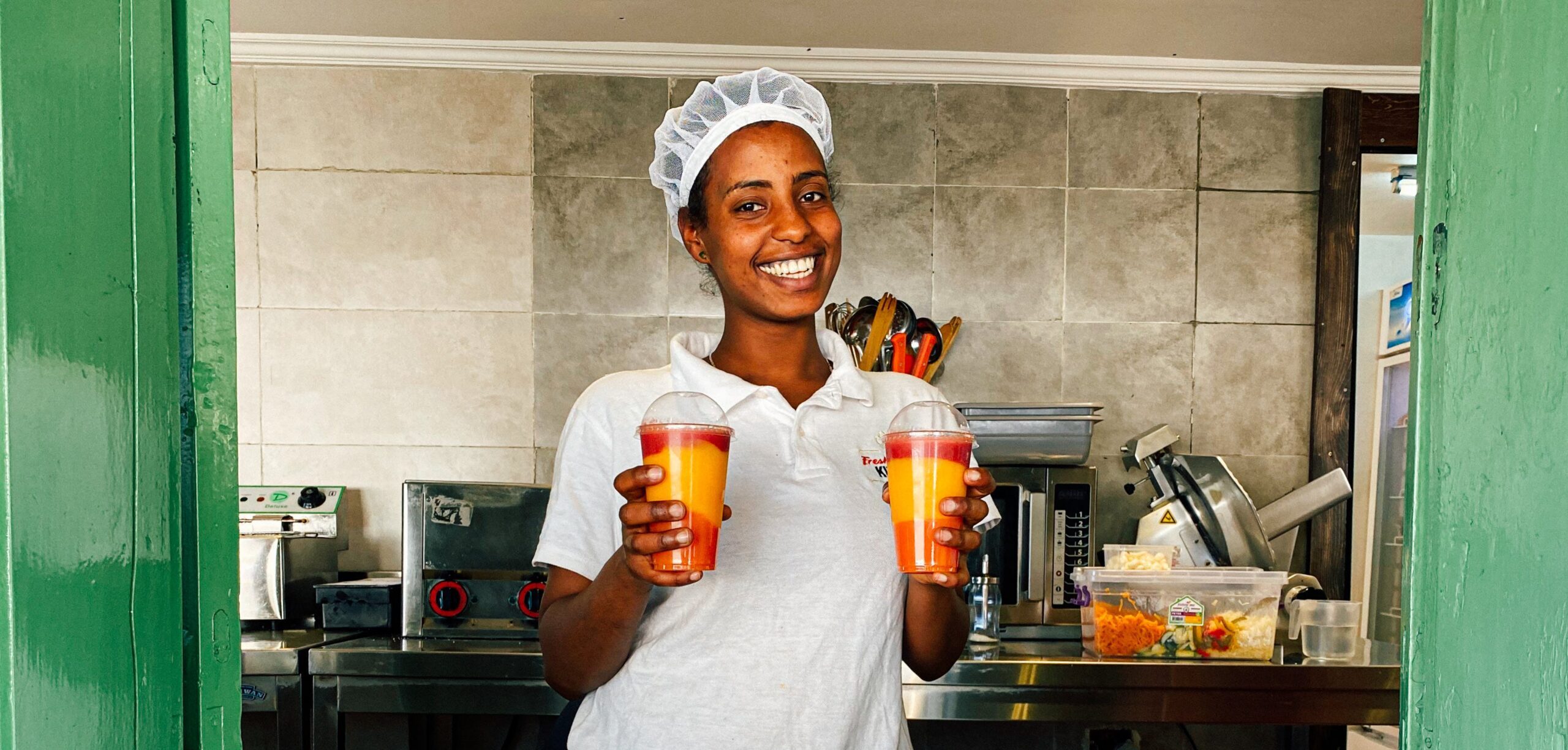Columbus Day is a federal holiday in the United States that commemorates the arrival of Christopher Columbus in the Americas on October 12, 1492. It is observed on the second Monday of October. The day honors Columbus’s achievements and celebrates Italian-American heritage.
Historical Context:
- Origins: Columbus Day originated as a celebration of Italian-American heritage in the United States. Christopher Columbus, an Italian explorer under the auspices of the Spanish crown, made his first voyage across the Atlantic in 1492, which led to widespread awareness of the Americas in Europe.
- The three ships used by Christopher Columbus on his first voyage to the Americas in 1492 were:
- Santa María: The largest of the three ships, the Santa María served as Columbus’s flagship. It was a nao, also known as a carrack, and was used primarily as the expedition’s cargo ship.
- Pinta: The Pinta, a caravel, was the fastest of the three ships. It was captained by Martín Alonso Pinzón.
- Niña: The Niña, another caravel, was the smallest of the three ships. Its original name was the Santa Clara, but it was commonly referred to as the Niña in honor of its owner, Juan Niño.
These ships have become an iconic symbol of Columbus’s exploration and the discovery of the New World.
- Federal Holiday: The day was first officially recognized as a state holiday in Colorado in 1907, and it became a federal holiday in the United States in 1937.
Observances and Traditions:
- Parades and Festivities: Many cities, especially those with large Italian-American populations, hold parades and street fairs featuring music, food, and cultural displays.
- Ceremonial Observances: Some places have ceremonies and events to honor Columbus’s maritime achievements and the exploration of the Americas.
- Educational Programs: Schools and educational institutions often teach about the voyage of Columbus and the historical encounters between European explorers and the indigenous peoples of the Americas.
Modern Perspectives and Controversies:
- Controversy: In recent years, Columbus Day has become a subject of controversy and reassessment. Critics argue that the holiday glorifies the colonization and mistreatment of indigenous peoples and overlooks the violent aspects of European exploration.
- Indigenous Peoples’ Day: Some states and cities have replaced Columbus Day with Indigenous Peoples’ Day, a holiday that honors the history and culture of Native Americans and recognizes the impact of colonialism on indigenous peoples.
While Columbus Day remains a day to recognize the historical significance of the European exploration of the Americas, it also serves as a catalyst for discussions about history, heritage, and the diverse narratives that make up the American experience.







